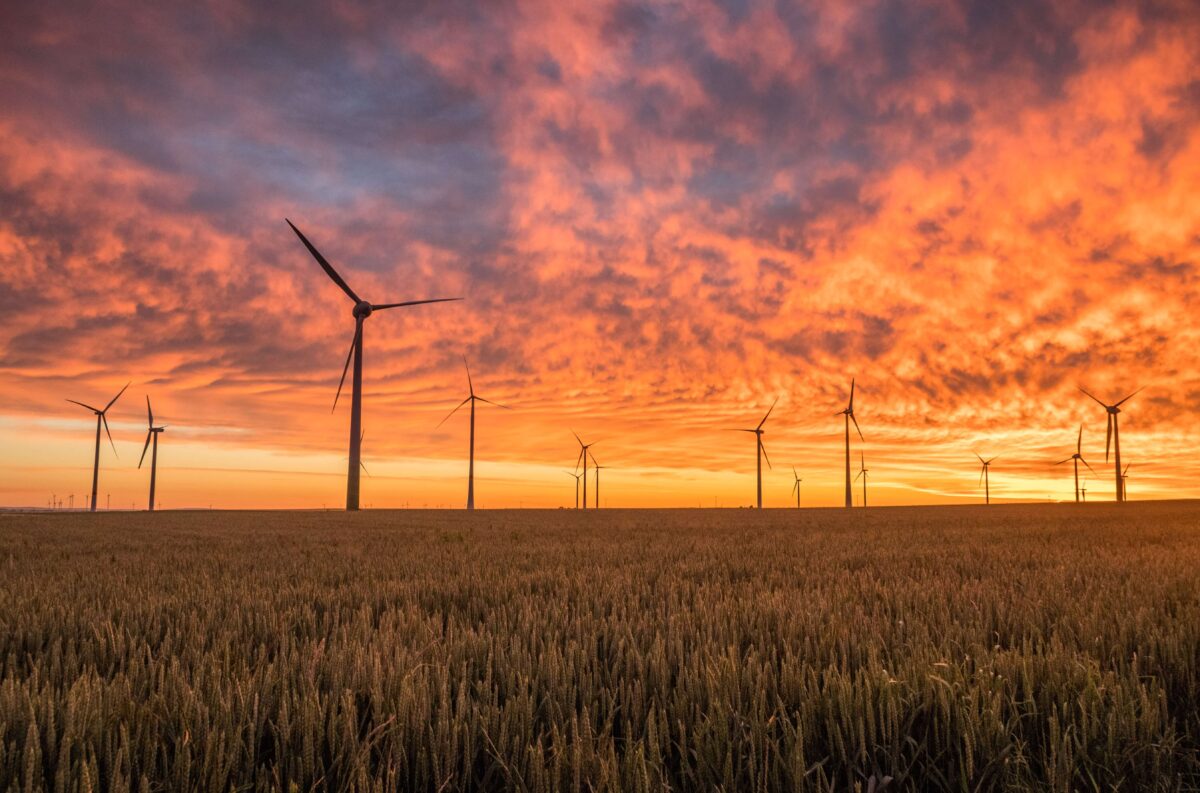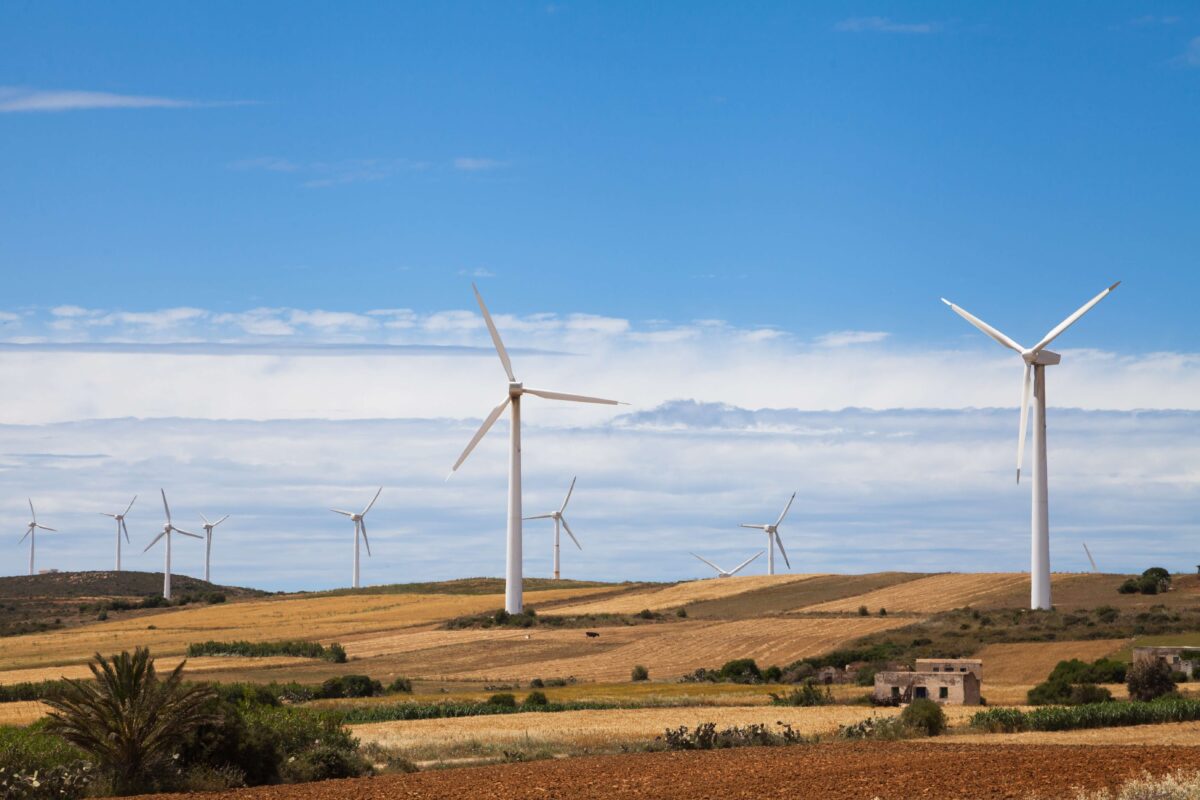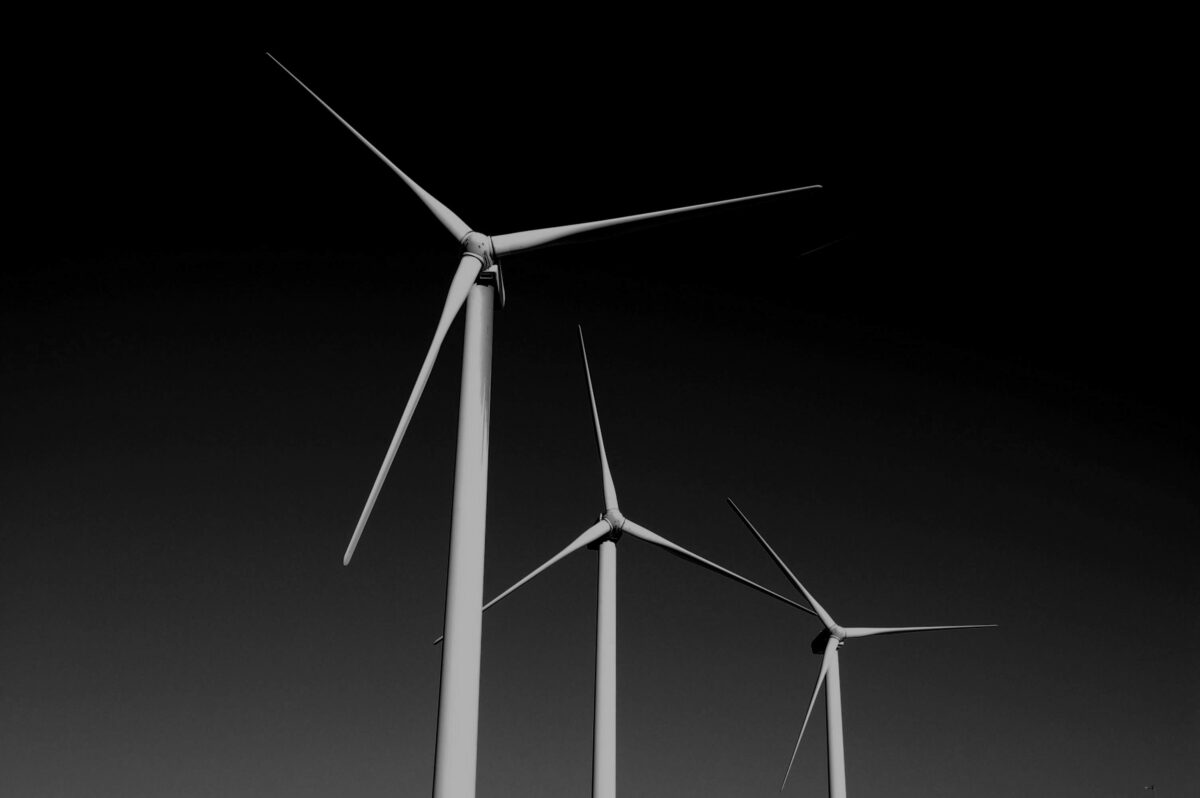EU Parliament votes to increase renewable energy goal for 2030
The EU Parliament has voted to increase its renewable energy goal for 2030 from 27% to 35%. The proposal will now be negotiated with individual member states which will develop their own national targets that support the EU-wide target. European Parliament also agreed on increasing the EU’s energy efficiency target for 2030 to a minimum of 35% (binding for the EU as a whole but not for individual national targets) and moving to ensure 12% of energy consumed in transport comes from renewable energy sources.
On Wednesday 17 January, electricity generation from UK wind farms reached a record level of 13.6 GW. On Sunday 14 January, an output of 7.9GW combined with lower than expected demand sent UK power system prices into the negative, as they fell to a value of -£68.43/MWh for the half-hour settlement period from 7:00-7:30am.
Shell continued its investment in the clean energy sector by signing a PPA with the largest solar farm in England. The utility company will become the sole off-taker for the 69.8MW Bradenstoke solar power farm, which generates approximately 65GWh annually. This power will be supplied to Shell Energy Europe’s customers who want to power their homes with renewable energy.
The RE100 campaign, which calls for global corporates to commit to sourcing 100% of their electricity from renewable energy, has reported a significant increase in the proportion of clean energy sourced by its members in 2016-2017. The coalition’s annual report showed that the proportion of renewable electricity sourced via corporate power purchase agreements (PPAs) grew four-fold last year. Over 88% of RE100 members responding to the report cited the economic case for renewable electricity as the main reason for increasing their ambition.
China installed 52.83GW of solar PV in 2017, accounting for around 50% of total global installations, its National Energy Administration reported this week. This brought China’s total installed capacity to 130.25GW, which represents about 7% of China’s power generation capacities. The country’s continued advances in renewable technology and deployment means it now boasts several renewable energy projects and facilities that are world-renowned in both their ambition and scale.
President Trump has announced a 30% tariff rate to be applied on global solar imports to the US, below the 50% requested by petitioners, following a decline in the number of US based solar cell manufacturers. The first 2.5GW of cell imports will be exempt for the four-year duration of the tariffs. In response, the Solar Energy Industries Association (SEIA) warned the tariffs could lead to the loss of 23,000 US jobs in the solar industry.
Electric vehicles
According to Aurora Energy Research, the UK power system can easily accommodate the projected growth in EV adoption from around 120,000 today to over 17 million by 2040, so long as EV charging is done smartly. Handling the extra demand caused by the uptake of millions of EVs will require smarter charging, where drivers shift their charging to off-peak times in return for cheaper tariffs. Such a scenario would only add 0.5GW of peak demand. The energy consultancy admitted that the current charging system is not advanced enough to enable smart charging but that the technology to do so will arrive in the next two to three years.
Norway’s airport operator Avinor announced that all of the country’s short-haul airliners should be entirely electric by 2040, making it the first public airport operator to make the switch to electric air transport. The all-electric target would cover all domestic flights and those to neighbouring Scandinavian capitals. Avinor plans to launch a tender offer to test a commercial route flown with a small electric plane with 19 seats starting in 2025.
Dutch start-up Lightyear has won the Climate Change Award at the Consumer Electronics Show for the project Lightyear One, a fully solar-powered car. The company hopes to produce 10 of the prototype vehicles by 2019 and claims they will have a potential range of 400-800 km depending on conditions and driving behaviour.
Billionaire British investor Sanjeev Gupta is reportedly considering plans to open a new EV manufacturing base in South Australia at a closed General Motors Holden car plant. Gupta has been known for corporate rescues in the past, as his company has bought up over 20 steel, car, and engineering plants in Britain that were due to be closed.
BMW plans to make its wireless EV charging system available to US customers by the end of 2018. Initially only available for the 530e iPerformance plug-in hybrid, the system uses an inductive cord built into the vehicle to charge at 3.2kW per hour and is expected to provide a full charge in 3.5 hours.
Smart grid and energy transitions
Keele University in the West Midlands plans to become a ‘living laboratory’ for emerging low carbon and smart energy technologies in the largest scheme of its kind in Europe and North America. The Smart Energy Network Demonstrator (SEND) will include at least 5 MW of renewables, 5-10 MW of storage as well as digitalised substations, smart meters, and home controllers.
Audi has announced its participation in a pilot project in southern Germany and northern Switzerland to test a smart energy network that controls residential solar and storage based on current or planned demand from an EV and the household. The network also interacts with the power grid, creating a virtual power plant that can assist with grid balancing.
A recent study published in Nature Energy by researchers from Johannes Kepler University, Austria, is predicting the highest cost of power outages across 19 EU nations will shift from the winter to the summeras average temperatures are expected to rise as a consequence of global warming. This will occur due to a greater reliance on summer space cooling compared to winter space heating, which dominates currently.




